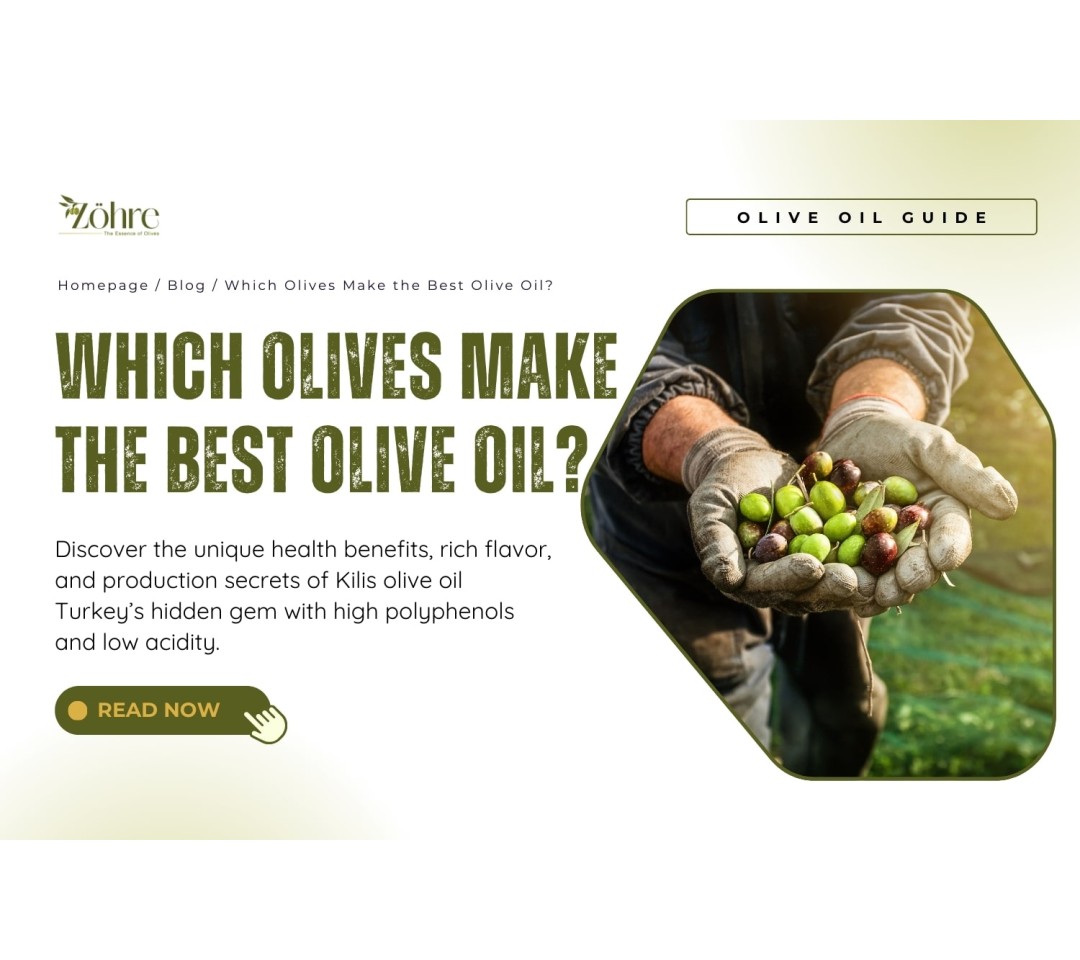What is Filtered Olive Oil?
Olive oil has been an essential part of diets for thousands of years thanks to its flavor and positive health effects. However, with today's variety of production methods, choosing between different types of olive oil has become an important issue for consumers. Among these, filtered olive oil stands out with its clear appearance, long shelf life, and ease of use.
So, what exactly is filtered olive oil? How is it produced, what are its advantages, and who is it best suited for? In this article, we will focus exclusively on filtered olive oil and provide clear, detailed answers to all your questions.
What Is Filtered Olive Oil?
Filtered olive oil is the type of oil that has been purified from water, pulp, and other residues following the crushing of olives. This process allows the oil to become visually clearer and more stable in structure. The filtering process generally consists of the following steps:
- Straining: Large particles and solid materials in the oil are removed through a filtration medium.
- Air and Water Removal: Residual steam and micro-impurities are eliminated from the oil. This step extends the oil's shelf life.
As a result, filtered olive oil has a brighter, clearer, and cleaner appearance. It also becomes more fluid and less prone to oxidation.
How Is the Filtering Process Done?
The filtering process directly impacts the quality of the olive oil. To understand this better, it's important to know which techniques are used.
Traditional Filtering Methods
In the past, olive oil was filtered using cotton cloths or other natural materials. These methods removed large particles, but the oil would not become completely clear. Such oils were often referred to as natural or unrefined.
Modern Filtering Methods
Today, more efficient and faster filtering techniques are used. Industrial-scale microfiltration and vacuum filtering remove nearly all foreign materials from the oil. These processes help evaporate water and create a smoother consistency. Additionally, they help preserve the oil’s aroma and extend its freshness.
Post-Filtering Processes
After filtration, olive oil may undergo additional processes such as cold pressing and low-temperature handling, which help retain its natural properties. These steps are especially preferred in organic olive oil production.
What Are the Characteristics of Filtered Olive Oil?
Filtered olive oil is generally very clear and homogeneous, making it ideal for use in various culinary settings. Let’s take a closer look at its main characteristics:
- Clarity: Filtering removes small particles and residues, giving the oil a transparent and polished appearance. This is especially important for table presentation and gifting.
- Long Shelf Life: One of the biggest advantages of filtered olive oil is its longevity. Since it lacks moisture and pulp, oxidation is delayed, reducing spoilage risk.
- Taste and Aroma: Compared to unfiltered oil, filtered olive oil has a milder flavor profile. With the removal of solids, the aroma becomes more balanced and defined, allowing other flavors in food to shine.
Differences Between Filtered and Unfiltered Olive Oil
There are notable differences between filtered olive oil and unfiltered (raw) olive oil in terms of appearance and usage. Knowing these distinctions helps in choosing the most suitable type for your needs.
- Appearance and Texture: Filtered olive oil is smooth and clear, while unfiltered oil tends to be cloudy due to retained moisture and pulp.
- Flavor and Aroma: Unfiltered oil offers a more intense flavor and aromatic profile due to natural particles. Filtered oil is more neutral and subtle, often better for cooking.
- Health and Shelf Life: Unfiltered oil can be richer in antioxidants and polyphenols but spoils faster. Filtered oil, on the other hand, lasts longer and is more stable.
What Are the Advantages of Filtered Olive Oil?
Filtered olive oil offers numerous benefits, making it ideal for safe and enjoyable daily consumption:
- Storage and Freshness: With impurities removed, oxidation is slower, keeping the oil fresh longer. It's especially suitable for restaurants or high-volume users.
- Ease of Use: Its fluid and homogeneous texture allows it to blend easily in cooking without altering the intended flavor. It’s also hygienic due to the lack of sediment.
- Presentation: The clear appearance makes it ideal for decorative bottles and gift packaging.
Who Should Choose Filtered Olive Oil?
Everyone has different preferences and needs. Filtered olive oil is especially suited for certain uses and users:
- Professional kitchens: Chefs and restaurants may prefer it for its long shelf life and practical use.
- Frequent home users: Its ease of use and lasting freshness make it a reliable choice for regular cooking.
- Gift buyers: Its elegant look makes it a popular option for gifting.
Key Takeaways and Conclusion
Filtered olive oil stands out for its clarity, extended shelf life, and balanced flavor—all thanks to its specialized production process. It offers practical use in both home and professional settings. Understanding the differences between filtered and unfiltered olive oils helps you choose the right product for the right purpose.
If you're looking for an olive oil that stays fresh longer and adds a touch of elegance to your table, filtered options might be just right for you. However, always check production date, storage conditions, and manufacturer reliability to ensure quality. Making informed choices will help you enjoy both the health and culinary benefits of olive oil to the fullest.






Comments
Write a comment